Painting the Face of the Magdalene
- Tanya Torres
- Jul 4
- 4 min read
Updated: Jul 8
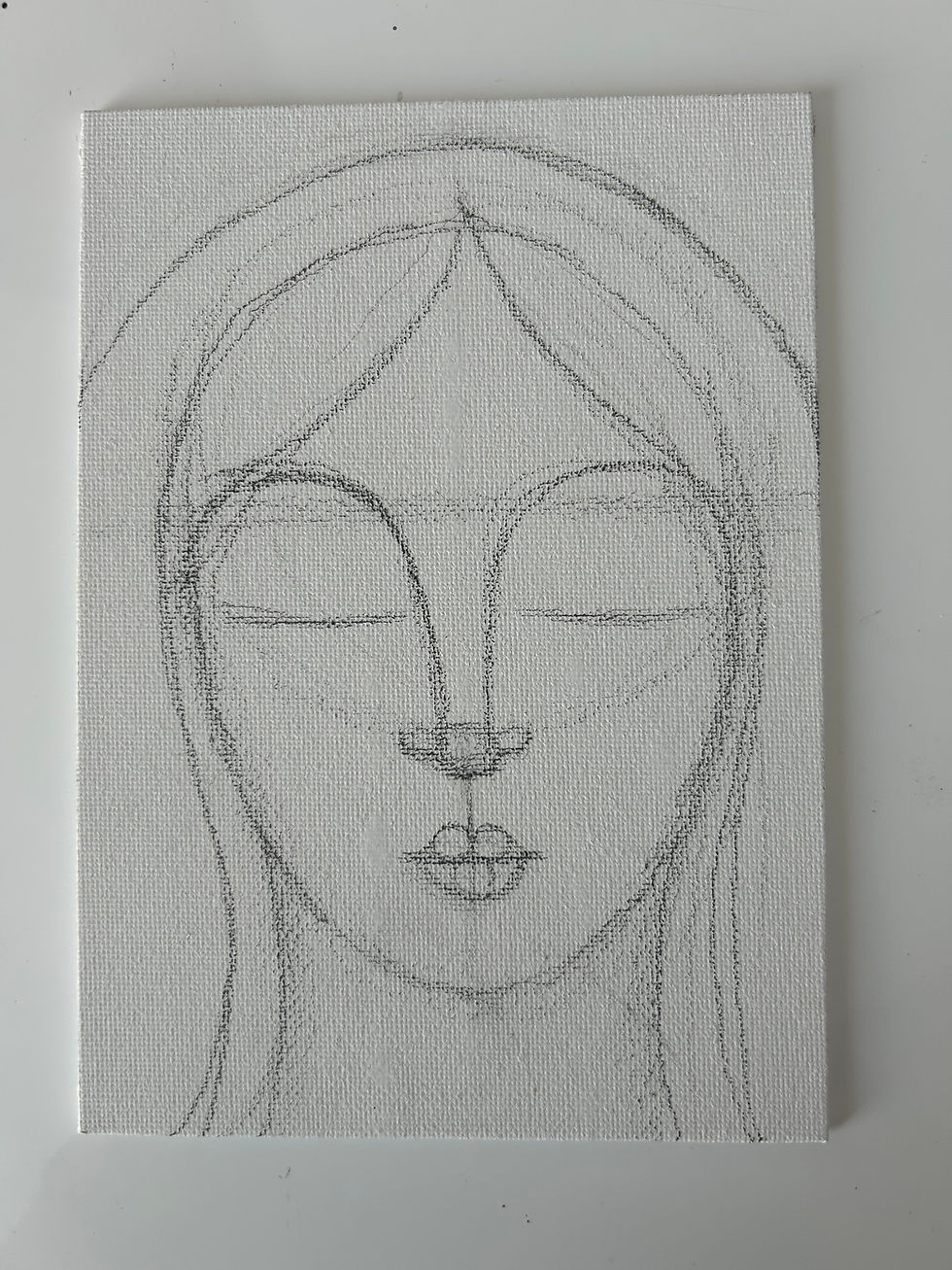
I have been painting the face of Mary Magdalene since 2005. That’s 20 years. I can’t even believe it. But I will continue for another 20 years, at least.
Through this practice I have understood certain mandates I must follow for my own inner artistic peace. Some are about form, and others are about freedom.
FORM IN THE FACE OF THE MAGDALENE
When I want to draw a face of the Magdalene that I will paint, I start with a circle on canvas or paper. The circle must be as big or as small as I want the face to be.
Then I divide the circle in half. The bottom of the face will measure half of the circle. This gives me a guide for the proportions of the face.
I don’t follow a lot of the guidelines for drawing a realistic face, because I don’t want the face of the Magdalene to be realistic.
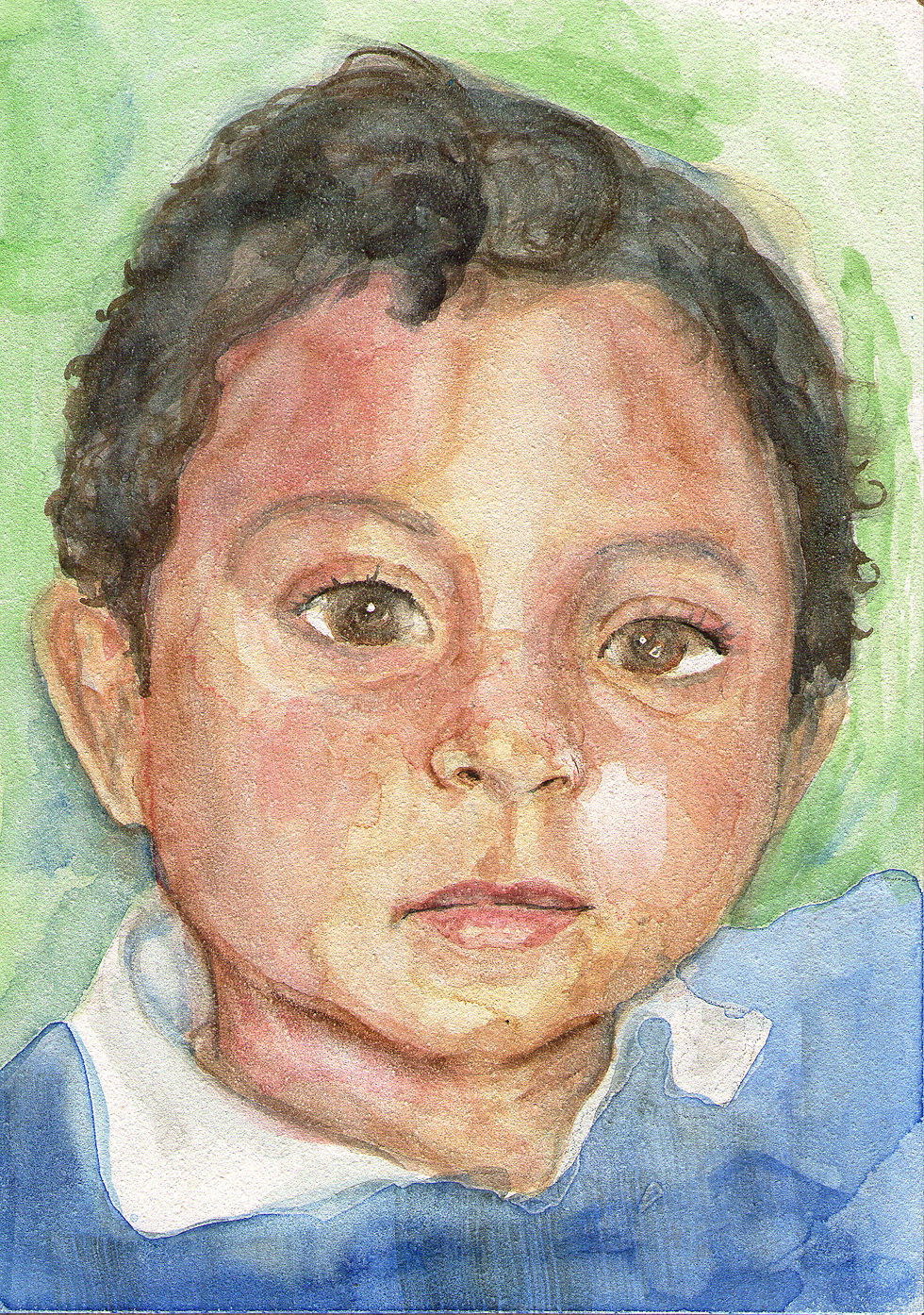
When I draw or paint a portrait, I go for realism. But when I paint the Magdalene, I want the face to be iconic. I want it to be expressive and harmonious, and I don’t want the image of the Magdalene to be a person. I want her to be a saint, a goddess, an idea. I want the Magdalene to inhabit the painting through the strength of the lines and the symbolism of the colors.
The circle gives me a placement for the nose. One day recently, I was observing a Buddha and I noticed how pleasing to my eye was the placement of the mouth in relation to the nose. So now I place the nose and mouth closer together than a regular face. This heavenly proportion gives her a more iconic form.
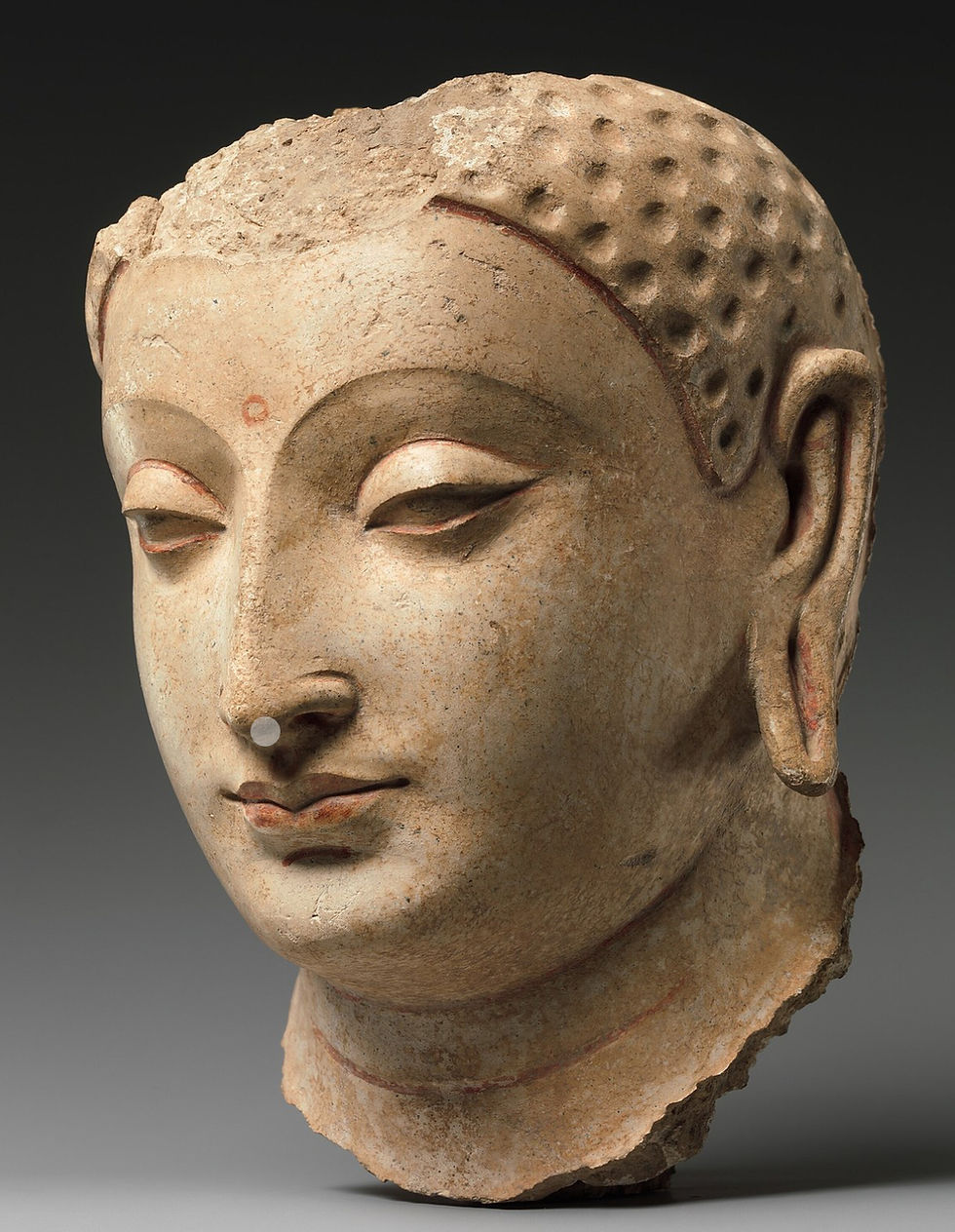
I am also inspired by the Christian Orthodox icons, that follow certain formulas for their beauty.
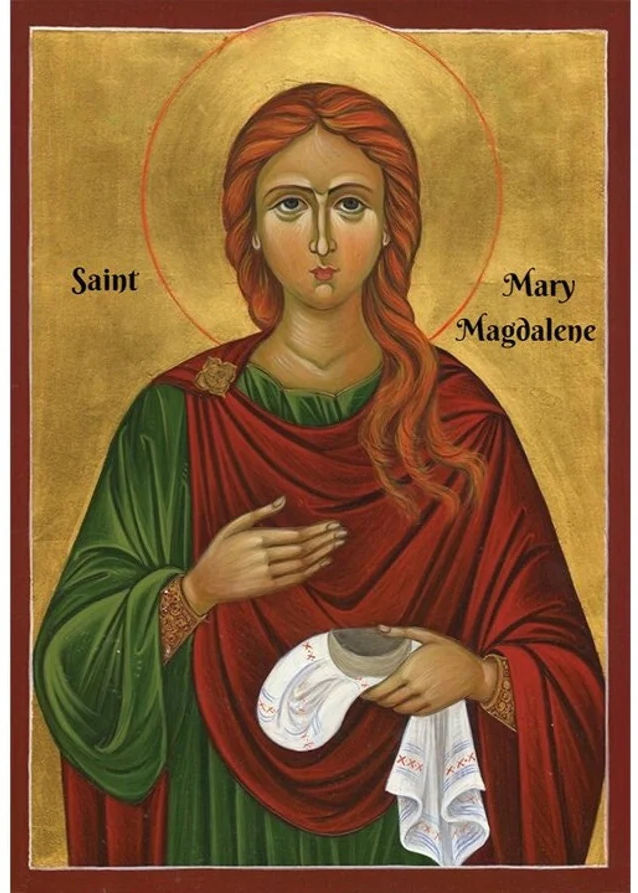
The Orthodox icons follow a prescribed formula within which the iconographer can bring his or her own touch. This formula focuses on the eyes as the center of power of the icon, and on the proportions and ways to draw the figure.
I take a little of all these ways of portraying a face, and then focus on what comes out of me.
FREEDOM IN THE FACE OF THE MAGDALENE
Around the year 2000, I met an artist who changed the way I approached art. His name was Angelo Romano. He used to go out at night in the streets of New York City and pick up discarded objects that he transformed into beautiful art.
Angelo used to be a bad boy when he was very young. He was an adventurer. He left Spain on a ship to Brazil and started painting spontaneously, and never stopped. He lived with the prostitutes of Brazil and painted them, and one day arrived in NYC, where he had a revelation about an illness that would kill everyone, and that’s how his AIDS series came about. He said he was saved because of this revelation.
As part of this mystical experience, he was guided to paint angels. He painted more than 100,000 little tiny angels on plexiglass. He used to give his friends batches of these little angels to give to anyone they knew. He placed angels on all the exterior walls of the fire stations and police stations of Manhattan.
That, and more, was Angelo Romano the artist.
He used to draw freely, and non-stop. He used to work all night and his apartment was filled with pieces and pieces of art. He would sometimes invite friends to come and pick up artwork to keep. He would give gifts of art to people he just met. Because he was so abundantly creative.
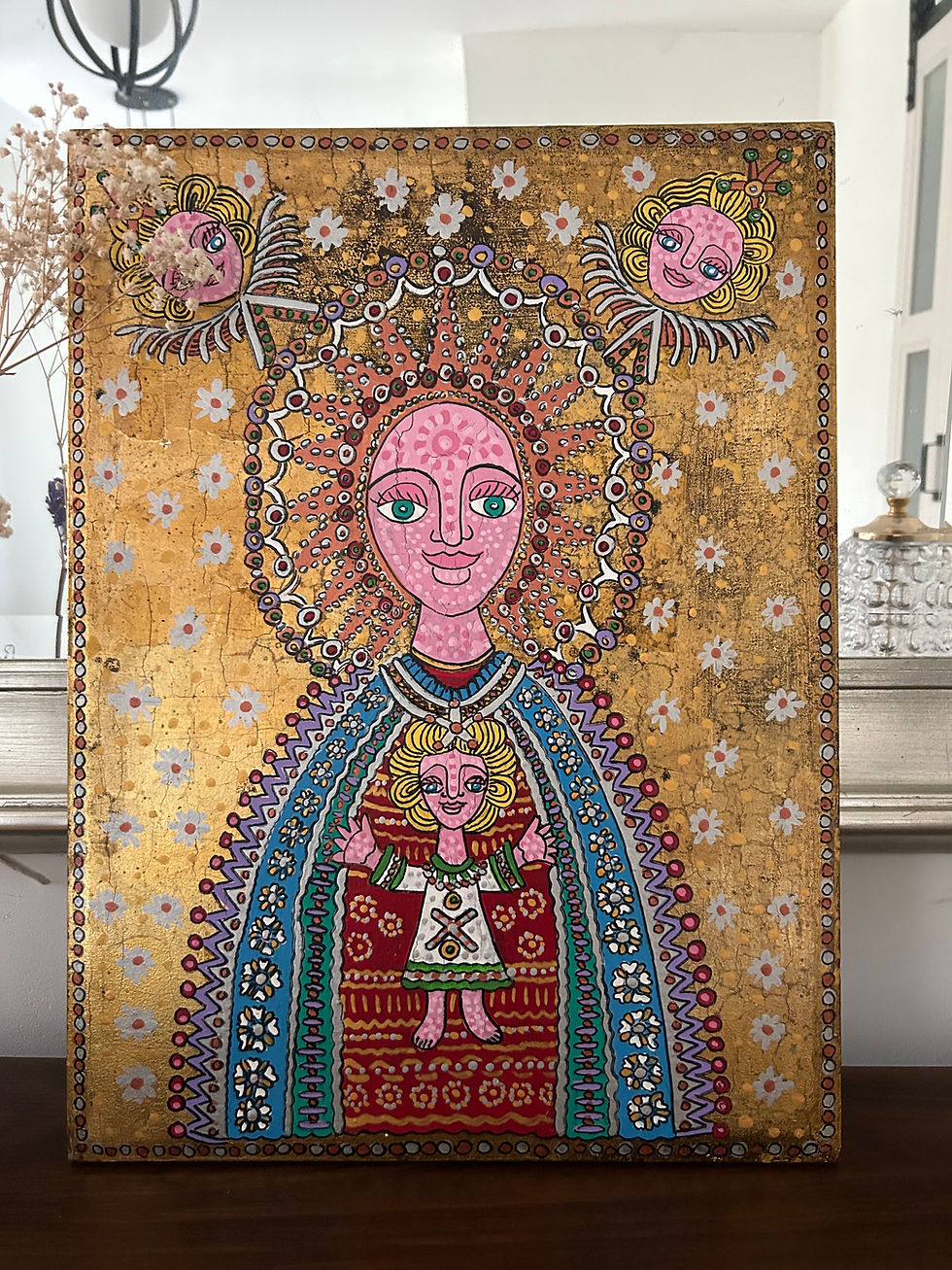
Angelo taught me, through his inexhaustible ability to work and create, that creative blocks do not exist. That creativity is generous and ever flowing. That all you need to do is be open to placing your pencil on a paper, and start.
I learned to be a self-taught artist, a naïf, to forget the rules and prejudices acquired as if by osmosis in art school. I learned all the rules and then I worked on forgetting most of them.
But I didn’t forget it all. Going back to the very beginning, I learned to draw by observing closely. I still observe, but differently. I still look for that line that makes a drawing right to the eye. This is why I freely draw many lines before choosing the one that will become an outline.
SYMBOLS
Because drawing is my best form of prayer, a moment to call on the divine for peace, ideas, memories, wishes, evolution… I draw Mary Magdalene as she comes out every night (or day).
Sometimes, when I am very tired, I let go and just do a free drawing that may never make it into a painting.
But sometimes, I draw with the intention of harmony, strength, and power. Each line contains these intentions and then that drawing base is hidden behind the paint colors cadmium red light, medium and dark, cadmium and lemon yellow, burnt sienna, burnt umber, white and rose madder, and often sap green for contrast. And I paint the Dark Magdalene, I use the same palette without yellow and with a deep black background and gold.
Red is for passion, gold is for glory, yellow for wisdom, and brown for the earth that is our mother. Green is for nourishment and the color rose is for the flowers that bring joy into our world. The Magdalene is such a flower, an inspiration, and a guiding presence. Her iconic face is the symbol of wisdom, flow, freedom and truth.














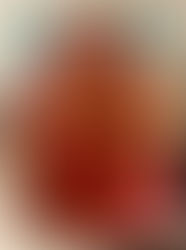












Comments